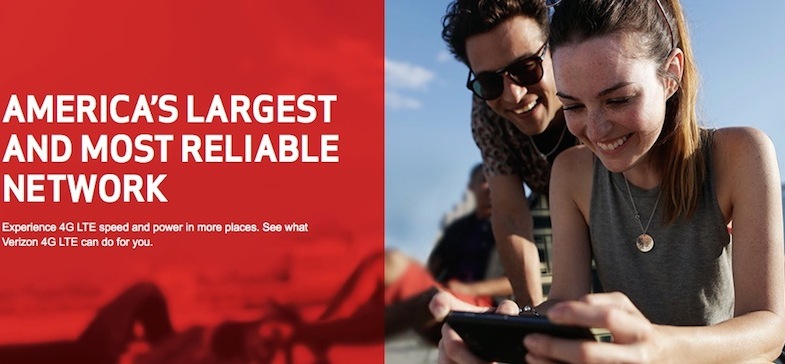
American telecom network operator Verizon today announced the expansion of its Internet of Things (IoT) business for enterprises.
Verizon provides global IoT coverage in more than 100 countries. It plans to expand its IoT footprint in the coming months to nearly 200 countries.
Internet of Things (IoT) business revenue of Verizon was approximately $175 million in the third quarter of 2015 and about $495 million in the first nine months of 2015.
The expansion of Verizon IoT is supported by two key announcements it made today.
First, Verizon announced the availability of world’s first Cat1 LTE network features for IoT.
Verizon’s LTE network makes the value proposition for connecting Cat1 IoT applications on LTE in the U.S. as affordable as alternative technologies and leverages LTE’s reliability.
Second, the US-based wireless operator announced tools on its ThingSpace platform including the integration of Bug Labs’ dweet APIs and freeboard visualization engine enabling developers to connect their devices to the Internet, publish the data and create real-time interactive dashboards.
Mark Bartolomeo, vice president, IoT Connected Solutions at Verizon, said: “Between ThingSpace APIs and an expanded set of Cat1 devices deployed on our LTE network we are providing this largely underserved market with the tools needed for IoT solutions to be deployed at scale.”
Sequans and Altair are the two chipset platforms certified on Verizon’s LTE networks. Earlier this year, Encore networks certified the world’s first Cat1 IoT router solution on Verizon’s LTE network.
Orange, which has presence in Europe, Africa and the Middle East, recently announced aggressive investment plans to boost its IoT revenue model.
IoT use cases
Verizon began an early adopter drone trial with PrecisionHawk to develop a mapping and analytics solution for the agriculture industry.
Hahn Estate, a winery based in the Santa Lucia Highlands, in California’s Monterey County, has deployed the Verizon / PrecisionHawk UAV pilot to identify disease, estimate yield and harvest more effectively. LTE-enabled UAVs are currently not part of the trial.
“By demonstrating the value of UAV data and analysis, we can help growers in both agriculture and viticulture such as Hahn Estate, make informed decisions to assist with resource management and increased yield year-over-year,” Bartolomeo said.





